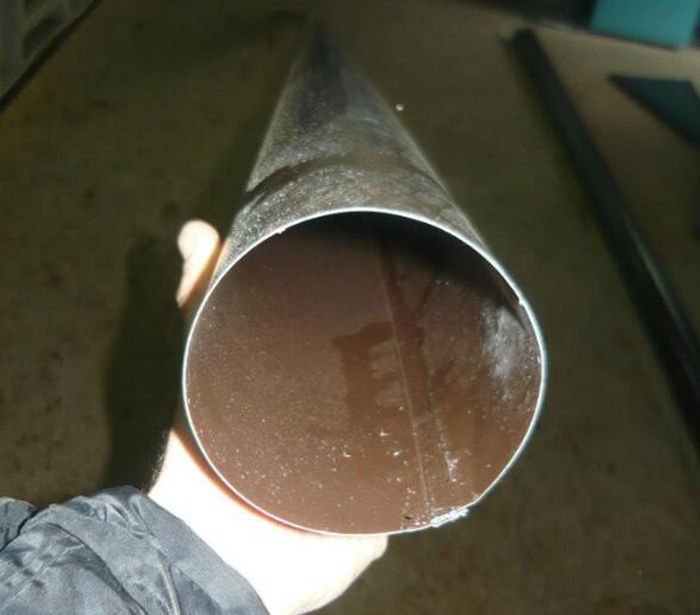slitting and cut to length line company
Slitting and Cut to Length Lines A Guide for Industry Professionals
In the ever-evolving manufacturing sector, efficiency and precision are paramount. One of the key processes that contribute to these goals in industries such as metalworking, paper production, and textiles is the use of slitting and cut to length lines. These specialized systems are designed to optimize material processing, allowing for tailored dimensions suitable for various applications. Understanding the workings and benefits of slitting and cut to length lines is crucial for professionals seeking to enhance their manufacturing processes.
Understanding Slitting and Cut to Length Lines
A slitting line is a production system that takes wide coils of material, such as steel, aluminum, paper, or plastic, and slits them into narrower strips of predetermined widths. In contrast, a cut to length line processes these wide coils and cuts them into sheets of specific lengths without necessarily converting them into narrower strips. The combination of these two processes enables manufacturers to produce customized products that meet the specific needs of their clients.
Slitting lines typically consist of several components, including uncoiling stations, slitting blades, tension control systems, and recoiling systems. Each part plays a critical role in ensuring that the material is processed accurately and efficiently. The uncoiler feeds the material onto the line, where it passes through the adjustable slitting blades that cut the material into the desired widths. After slitting, the individual coils are recoiled onto spools for further processing or distribution.
Cut to length lines, on the other hand, are equipped with different machinery, including shears and conveyors. The process starts similarly, with the material being uncoiled and fed through the line. However, once the desired length is reached, the shearing mechanism cuts the material into sheets, which are then stacked for packaging or further processing.
Benefits of Slitting and Cut to Length Lines
1. Customization One of the most significant advantages of slitting and cut to length lines is the ability to customize products according to client specifications. Manufacturers can produce a wide variety of widths and lengths, making it easier to meet diverse customer demands.
2. Increased Efficiency By streamlining the processing of materials, these lines reduce waste and downtime. The rapid speed at which slitting and cutting occur means that more products can be manufactured in a shorter time frame, ultimately boosting productivity.
slitting and cut to length line company

3. Cost-Effectiveness While the initial investment in slitting and cut to length equipment may be substantial, the long-term savings in terms of labor, time, and waste reduction can be significant. Automated processes minimize the need for manual labor and reduce the likelihood of errors, leading to lower overall production costs.
4. Quality Control Modern slitting and cut to length lines incorporate advanced technology that allows for precise cuts and measurements. This capability enhances the overall quality of the products being manufactured, ensuring they meet industry standards and customer expectations.
5. Flexibility With the ability to switch between different product specifications quickly, manufacturers can respond quickly to market changes. This flexibility is crucial in industries where customer preferences and material requirements frequently change.
Challenges and Considerations
Despite the numerous benefits, the implementation of slitting and cut to length lines does come with its challenges. One of the primary concerns is the need for regular maintenance and technical expertise to troubleshoot any issues that may arise. Additionally, manufacturers must ensure that staff members are adequately trained to operate the machinery safely and effectively.
Moreover, the choice of materials is crucial. Different materials may require specific tooling or adjustments to achieve optimal results. Understanding the properties of the materials being processed will ensure that the slitting and cutting lines are accurately configured.
Conclusion
The integration of slitting and cut to length lines into a manufacturing process can significantly enhance efficiency, quality, and customization. As industries continue to demand more specialized products, these systems will become increasingly vital. By understanding how to effectively implement and utilize these technologies, manufacturers can position themselves for success in a competitive landscape, ultimately leading to increased customer satisfaction and business growth. Investing in advanced slitting and cut to length lines is an investment in the future of manufacturing.
-
Roof Panel Machines: Buying Guide, Types, and PricingNewsJul.04, 2025
-
Purlin Machines: Types, Features, and Pricing GuideNewsJul.04, 2025
-
Metal Embossing Machines: Types, Applications, and Buying GuideNewsJul.04, 2025
-
Gutter Machines: Features, Types, and Cost BreakdownNewsJul.04, 2025
-
Cut to Length Line: Overview, Equipment, and Buying GuideNewsJul.04, 2025
-
Auto Stacker: Features, Applications, and Cost BreakdownNewsJul.04, 2025
-
Top Drywall Profile Machine Models for SaleNewsJun.05, 2025








